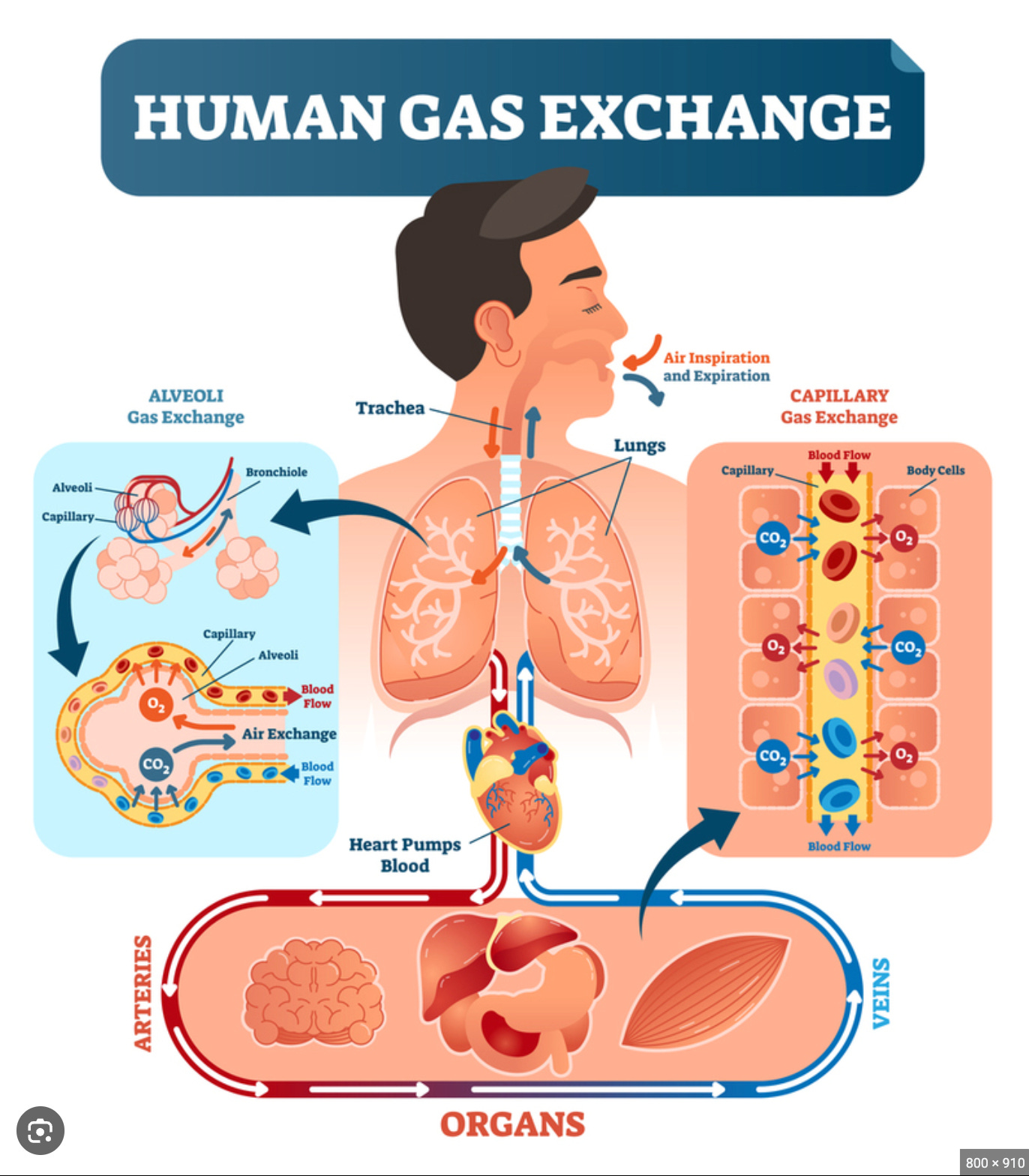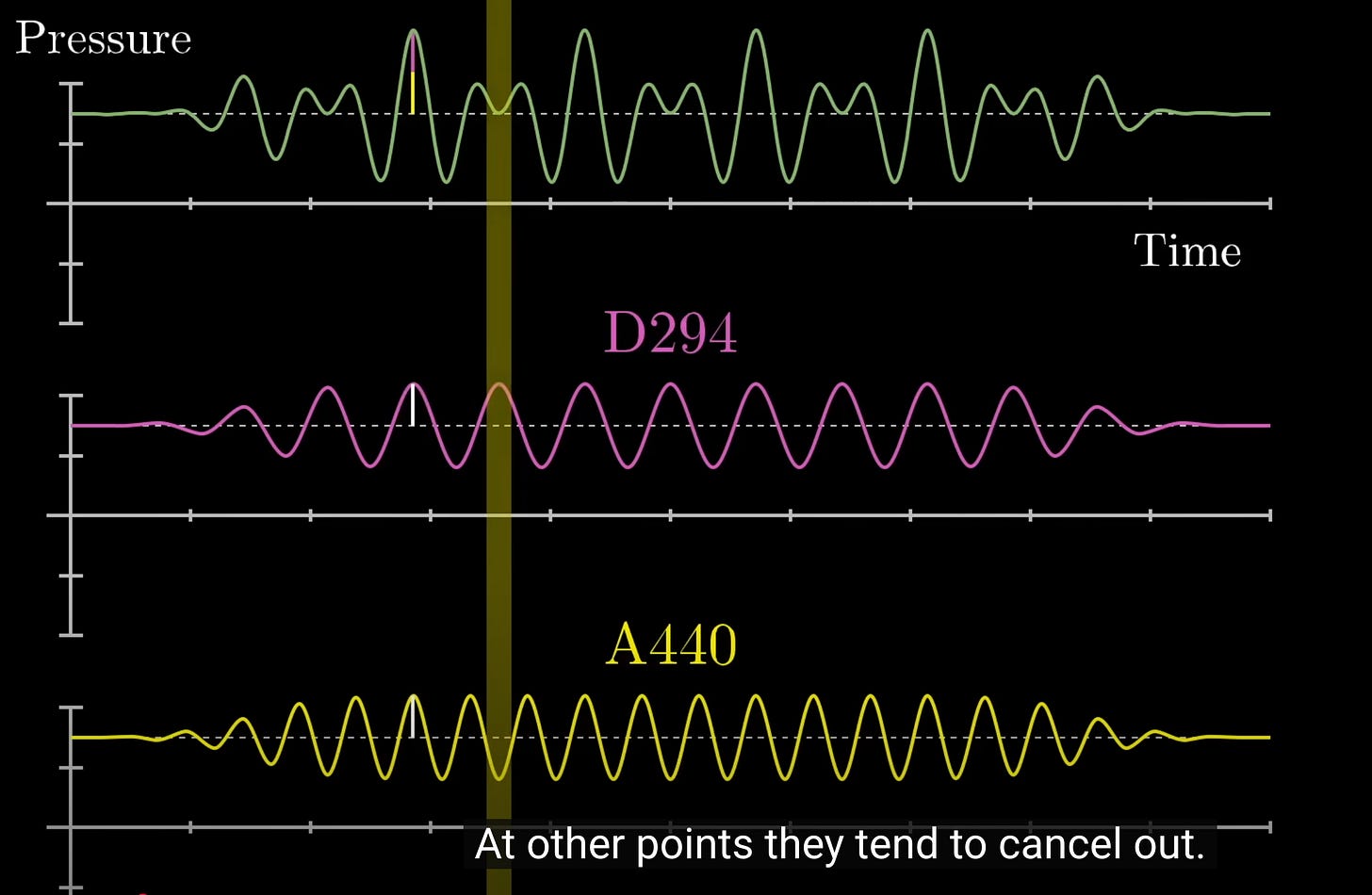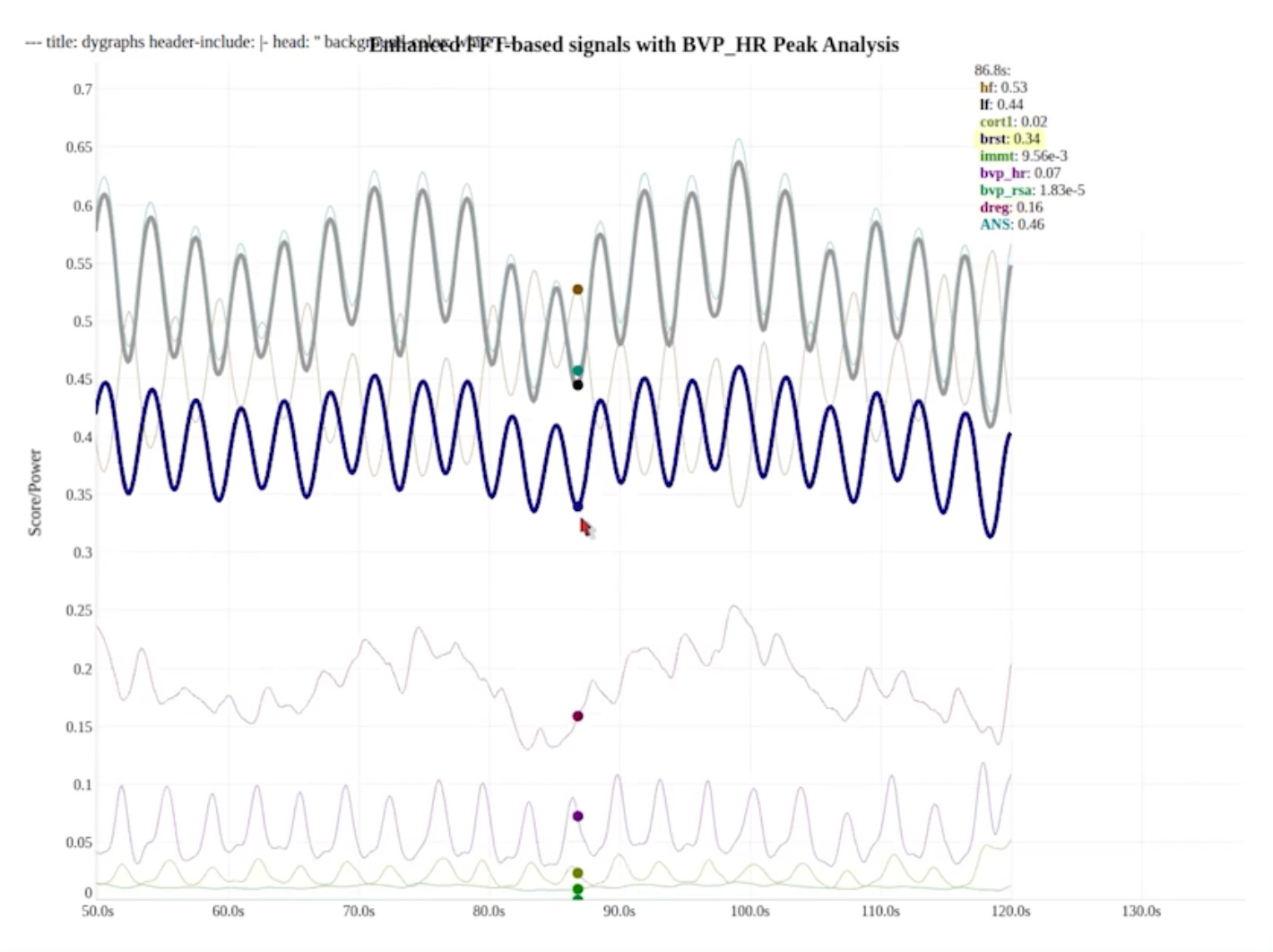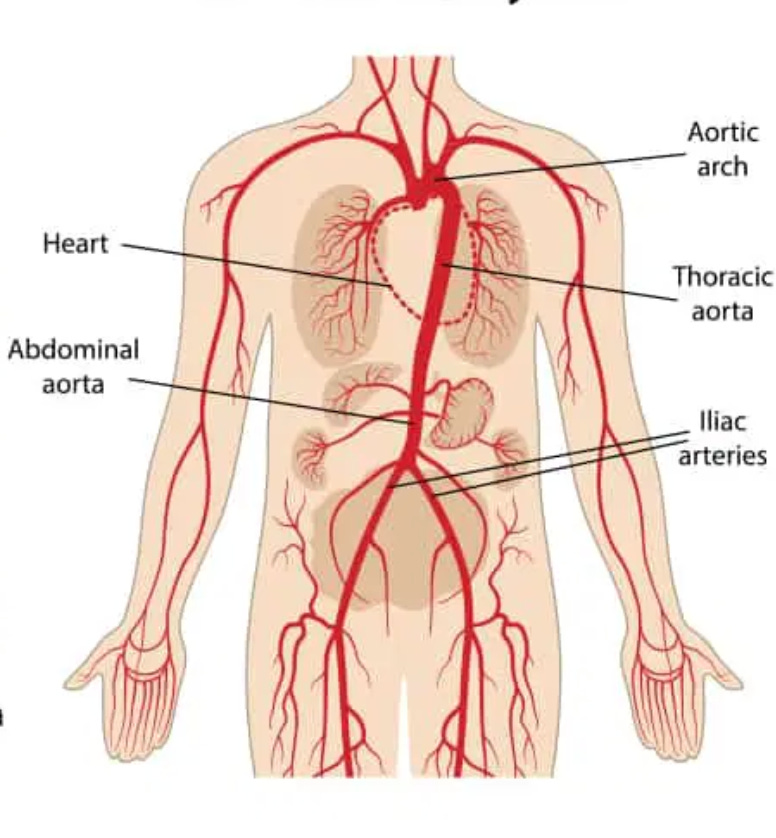Autonomic Conductor: Coherence, Respiration, Frequency, Fourier Transforms
Some Real Geek Autonomics
There is a video in this post that is a recording of a research conversation, but it is paywalled. You need a paid subscription to access.
A couple of weeks ago, at the Autonomics Clinic, I did an initial consult for someone with a complex autonomics situation. Without going into the particulars at all, there was a set of autonomic outflows in this person creating state behavior I had never witnessed before.
What I observed was a baseline state with some ventral and some shutdown components that would, with no apparent antecedents, rapidly shift into a very high arousal sympathetic state that endured for less than five seconds (tachycardia) and then resolve. The person had been told they might have POTS. Certainly this was an expression of some kind of dysautonomia.
There seemed to be a periodicity to this arousal spike. This led me into thinking deeply about standing waves, and the neuro-harmonics and wave stacking of various oscillatory functions in the body.
Think for a moment, first, about two primary oscillatory processes that are at the foundation of the human experience. Respiration, and heartbeat.
The heart is beating, and we are breathing in and out. These are constant and fundamental physiological processes that are linked yet distinct. The heart is beating to circulate blood throughout the body, and we are breathing to exchange gases. This twinned process of respiration and heartbeat moves blood containing CO2 across the surface of the lungs so that we can exhale carbon dioxide, and pulls blood across the lungs so that it can be oxygenated and this oxygenated blood can reach all of our tissues.
You are doing this every second that you are alive, and you don’t have to think about it because the function is modulated by your Autonomic Nervous System.
Both the rate of heartbeat and respiration are variable, and their neurological control is a complex function of numerous autonomic setpoints, including principally
neuroception (moment-to-moment integral neural assessment of safety, danger, and lifethreat) (Porges, 1994)
center of gravity of autonomic systems (connection, movement, grounding) coupled / decoupled as entrained or decoupled drivers(Kram, 2024)
suffusing neurochemistry and neurohormones (e.g., oxytocin, adrenaline, endogenous opioids)
archived allostatic loads
Take a moment just to feel into what this means. If you are in a calm state, in a safe place, and you are not highly traumatized, it means that you are breathing with ease, and your resting heart-rate is relatively low. The patterned acceleration and deceleration of the heart in tandem with the breath is expressed as heart rate variability, which is called Respiratory Sinus Arrhythmia (RSA).
As you breath in, the autonomic control of the heart tilts towards the movement system (what trad neurology calls sympathetic). As you breathe out, the autonomic control of the heart tilts towards the connection system1 (what trad neurology calls parasympathetic). So you have a patterned acceleration and deceleration of the heart rising and falling with the inhalation and exhalation.
Let’s image these as two waves, and notice that they stack up. Let’s say that the red wave (D294) represents the breath (it doesn’t really, but I’m giving you a simple image of this). And that the yellow wave (A440) represents the heartrate (it doesn’t really). Those waves combine into the pressure wave at the top. That pressure wave is RSA.
It is actually a pressure wave in the body. When the heart beats, it ejects blood into the aorta, and the blood is traveling on a pressure wave. Let’s just imagine that as the living edge of the pressure wave visualized in the diagram above.
If we are calm, those waves are sinusoidal. If the body is in a health-creating state, these waves begin to organize into complex harmonics, as below. This diagram is a frequency separation of wave functions in the body in someone in a coherent health-creating state.
The waves stack up, because there are many oscillatory processes occurring in the body simultaneously. Blood pressure is an example of such a process. When the heart beats, the pressure wave flows down the aorta until it splits into the iliac arteries. Where this happens, the pressure wave if refracted back upwards, creating a blood pressure wave called a Mayer wave. (There is another wave mediated by baroreflexes called a Traube-Hering Wave.)
FROM GOOGLE: Mayer waves are spontaneous, slow-frequency (about 0.1 Hz) oscillations in arterial blood pressure that occur in conscious humans, linked to the baroreflex control system and sympathetic nervous activity. They reflect cyclical changes in sympathetic vasomotor tone, with their amplitude sometimes used as a marker of overall sympathetic activation. Originally described by Traube, Hering, and Mayer, these "Traube–Hering–Mayer waves" are effectively the 0.1 Hz oscillation of the baroreflex, which uses feedback to keep blood pressure stable, but can become self-sustained oscillations.
The picture I would like to paint for you here is of the complex interactions between various oscillatory processes in the body as waves that either cohere, or interfere with eachother.
Again, bringing it back to an experiential level…
If you are in a boat on the ocean, and there is a single sinusoidal wave moving, you rise and fall on it in a patterned fashion. But if there are chaotic waves, as during a storm, you get bumped around. So too inside the body. Wellbeing, we might note, is a function of the coherence of these wave functions: how smoothly versus how chaotically they are organizing or colliding. KEY POINT: If the connection system is not online, it is impossible for these wave functions to entrain into coherence.
Keep reading with a 7-day free trial
Subscribe to The Neurobiology of Connection to keep reading this post and get 7 days of free access to the full post archives.






